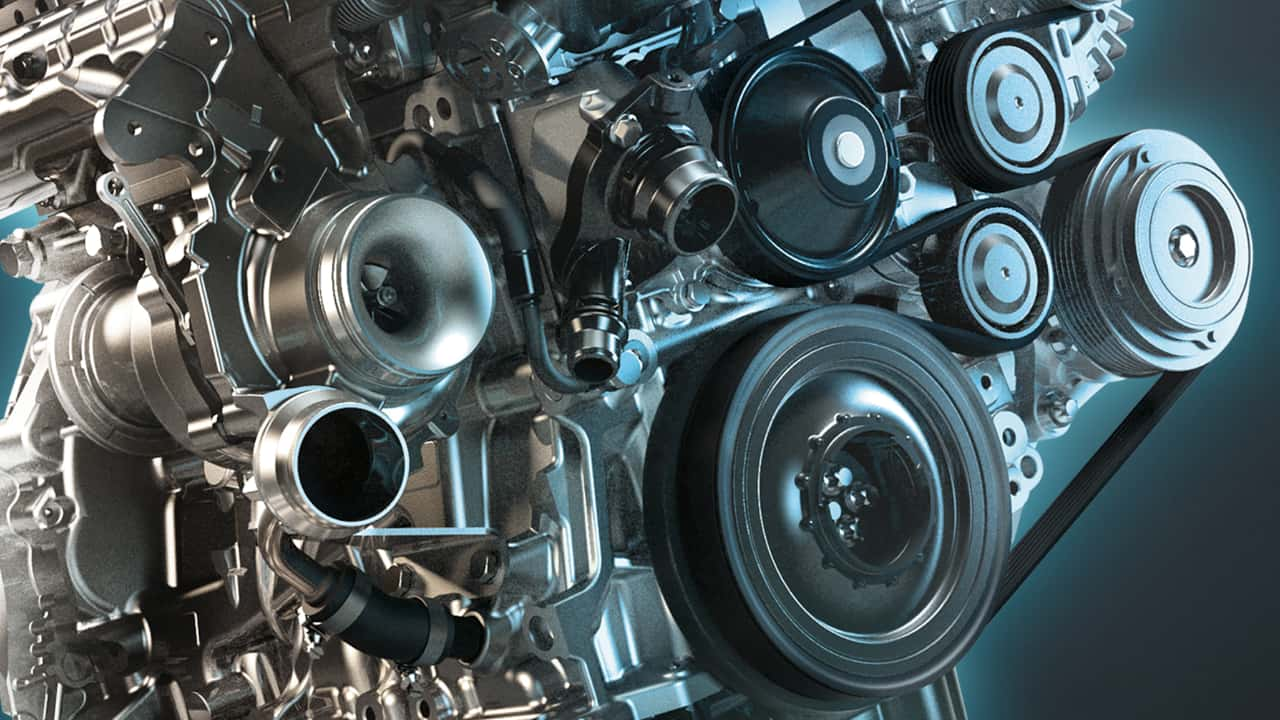- Arabic
- French
- Russian
- Spanish
- Portuguese
- Turkish
- Armenian
- English
- Albanian
- Amharic
- Azerbaijani
- Basque
- Belarusian
- Bengali
- Bosnian
- Bulgarian
- Catalan
- Cebuano
- Corsican
- Croatian
- Czech
- Danish
- Dutch
- Afrikaans
- Esperanto
- Estonian
- Finnish
- Frisian
- Galician
- Georgian
- German
- Greek
- Gujarati
- Haitian Creole
- hausa
- hawaiian
- Hebrew
- Hindi
- Miao
- Hungarian
- Icelandic
- igbo
- Indonesian
- irish
- Italian
- Japanese
- Javanese
- Kannada
- kazakh
- Khmer
- Rwandese
- Korean
- Kurdish
- Kyrgyz
- Lao
- Latin
- Latvian
- Lithuanian
- Luxembourgish
- Macedonian
- Malgashi
- Malay
- Malayalam
- Maltese
- Maori
- Marathi
- Mongolian
- Myanmar
- Nepali
- Norwegian
- Norwegian
- Occitan
- Pashto
- Persian
- Polish
- Punjabi
- Romanian
- Samoan
- Scottish Gaelic
- Serbian
- Sesotho
- Shona
- Sindhi
- Sinhala
- Slovak
- Slovenian
- Somali
- Sundanese
- Swahili
- Swedish
- Tagalog
- Tajik
- Tamil
- Tatar
- Telugu
- Thai
- Turkmen
- Ukrainian
- Urdu
- Uighur
- Uzbek
- Vietnamese
- Welsh
- Bantu
- Yiddish
- Yoruba
- Zulu
Nov . 10, 2024 17:53 Back to list
Understanding the Importance of the Alternator Belt in Your Vehicle's Performance
Understanding the Alternator Belt Importance, Function, and Maintenance
The alternator belt, often referred to as the serpentine belt or drive belt, is a crucial component of a vehicle's engine system. It plays a significant role in powering multiple accessories, including the alternator, air conditioning compressor, power steering pump, and sometimes the water pump. Understanding the alternator belt's function, maintenance, and signs of wear can help ensure your vehicle operates smoothly and efficiently.
What is the Alternator Belt?
The alternator belt is typically a long, continuous loop made of rubber with a series of grooves. This design allows it to grip various pulleys connected to the engine's accessories effectively. In modern vehicles, this belt often serves multiple purposes, as it can drive several components simultaneously. Unlike older vehicles that might have separate belts for each accessory, modern cars utilize a single serpentine belt, which simplifies the design and improves efficiency.
How Does It Work?
The alternator belt's primary function is to transfer mechanical energy from the engine's crankshaft to the alternator and other connected components. When the engine runs, it turns the crankshaft, which in turn rotates the belt. As the belt moves, it spins the pulleys attached to the alternator, air conditioning system, and power steering pump, allowing these systems to function. The alternator, particularly, converts mechanical energy into electrical energy, recharging the car's battery and powering the vehicle's electrical systems.
Importance of the Alternator Belt
The alternator belt is vital for vehicle operation because it ensures that essential systems receive the power they need
. A malfunctioning or broken belt can lead to a range of issues, including a dead battery, overheating of the engine due to a failure of the water pump, or loss of power steering. Additionally, it can cause severe damage to the engine and its components if not addressed in a timely manner, leading to costly repairs.Signs of Wear and Tear
Knowing the signs of a failing alternator belt can save vehicle owners significant trouble and expenses. Common indicators include
1. Squeaking or Chirping Noises A worn or loose belt may produce unusual sounds, especially when turning the steering wheel or starting the engine. 2. Cracks or Fraying Regularly inspecting the belt for visible signs of damage, such as cracks, fraying, or glazing, is crucial. A damaged belt is more likely to break or slip.
alternator belt

3. Battery Warning Light If the alternator belt is slipping or not functioning correctly, it may cause the battery warning light on the dashboard to illuminate, indicating an issue with the electrical system.
4. Overheating If the belt is broken and not turning the water pump, the engine can overheat, leading to potential catastrophic damage.
Maintenance Tips
To prolong the life of the alternator belt, regular maintenance is essential. Here are a few tips
- Routine Inspections Regularly check the belt for signs of wear and tear. Look for cracks, fraying, or glazing. Checking during oil changes or other routine maintenance is a good practice.
- Listen for Noises Pay attention to any unusual sounds while driving. Squeaking or chirping can indicate that the belt needs adjustment or replacement.
- Proper Tension Ensure that the belt is adequately tensioned. A belt that is too loose can slip, while one that is too tight can cause excessive wear on both the belt and the pulleys.
- Replacement Follow your vehicle manufacturer's recommendations for belt replacement. Generally, the alternator belt should be replaced every 60,000 to 100,000 miles, but this can vary based on the vehicle and driving conditions.
Conclusion
The alternator belt is a small but vital component of your vehicle's engine. Understanding its function and recognizing the signs of wear can help you maintain your vehicle's performance and avoid costly repairs. Regular inspections and timely replacements can ensure that your alternator belt—and, by extension, your vehicle—operates efficiently for years to come. By being proactive about your vehicle's maintenance, you can enjoy a smoother and safer driving experience.
-
Upgrade Power Steering Pump Belt for Smooth, Quiet Operation
NewsAug.27,2025
-
Precision Timing Belt & Chain: Engine Performance & Durability
NewsAug.26,2025
-
Precision Lathe Drive Belts: Durable & Reliable Performance
NewsAug.25,2025
-
84.5 Serpentine Belt: Durable & Precision Fit for Your Engine
NewsAug.24,2025
-
Premium Ribbed Drive Belts for Quiet Power Transmission
NewsAug.23,2025
-
High-Performance Vehicle Timing Belt for Engine Precision
NewsAug.22,2025

